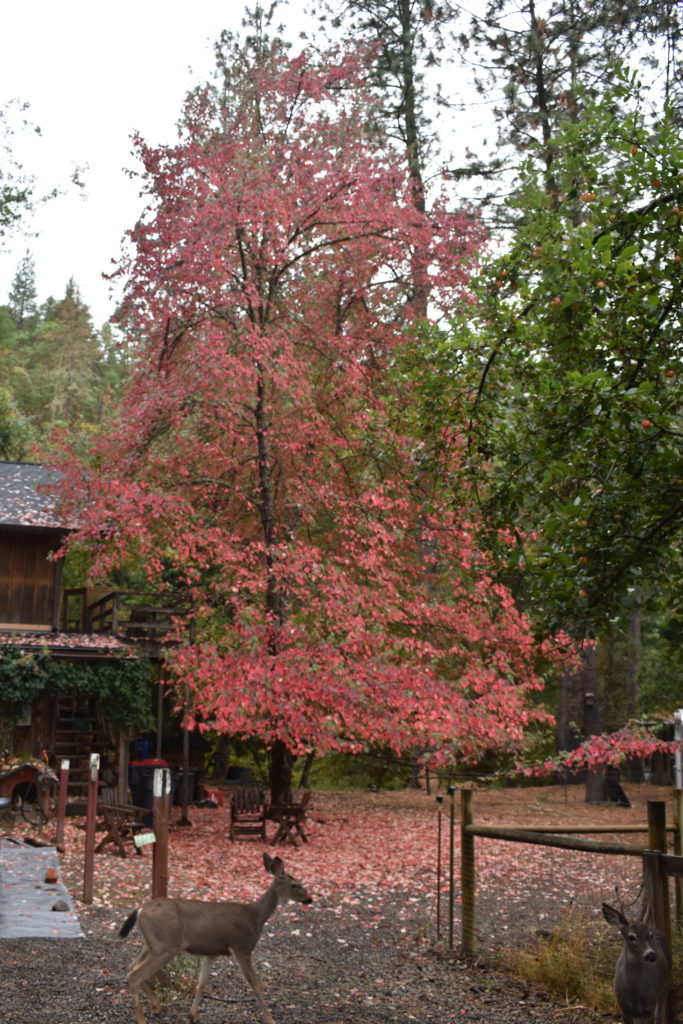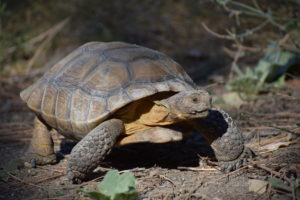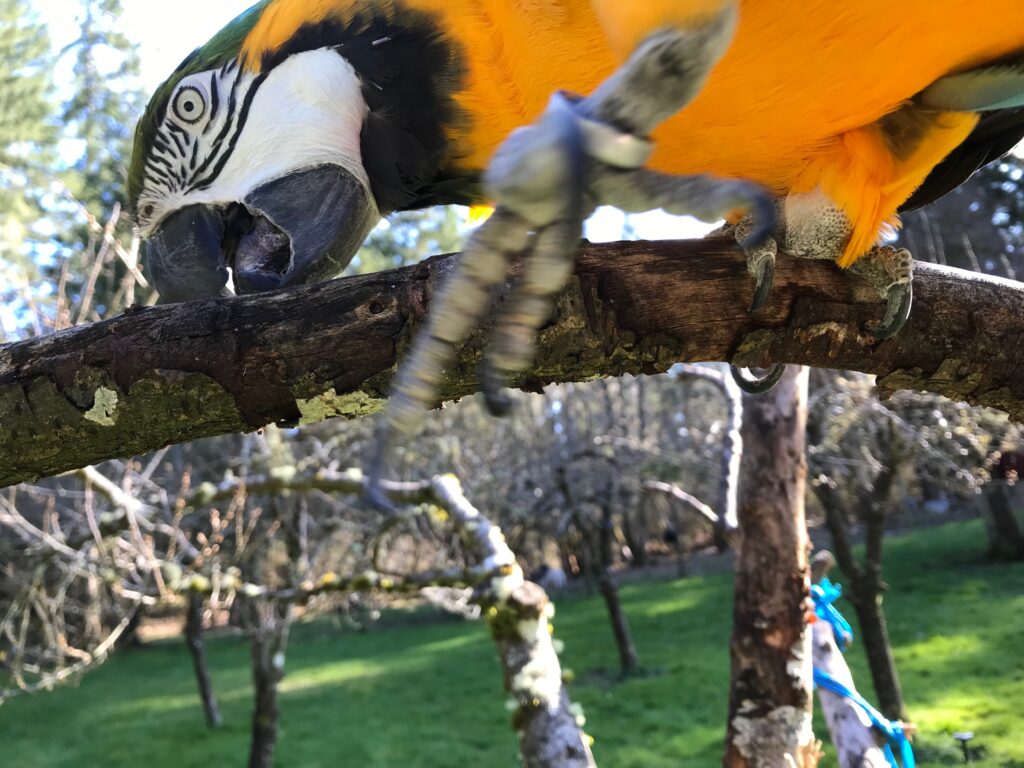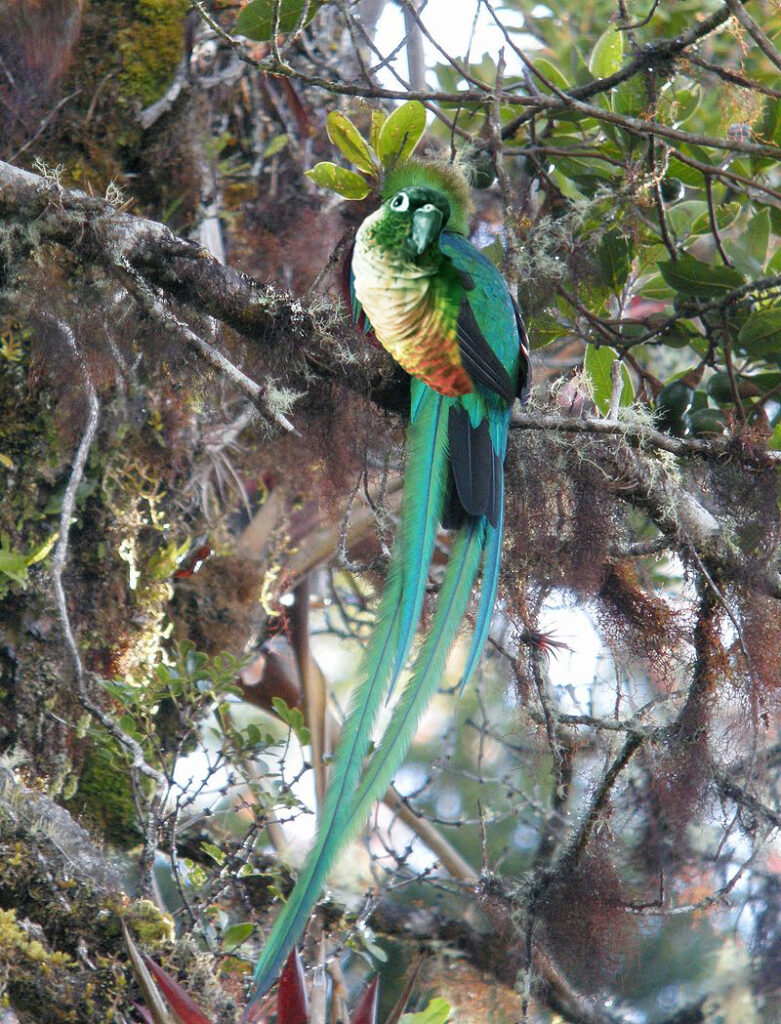
T his week we delve further into what the experience of ego and egolessness might be, and how our nonhuman kin, while living with a full sense of self, are not compelled to close over natural openness with the shell of separation.
In the third chapter of Lewis Carroll’s Alice’s Adventures in Wonderland, Alice and a medley of Animals stand together trying to figure out how to get dry. [1] They had all become drenched to the skin from slipping into the pool of tears that was created by a distraught young Alice when she had eaten a little cake and grew to “ten feet tall.” [2] The Mouse in the group had an idea of how to solve their soggy situation. His solution was to give a lecture on English history because history, the Mouse asserted, “is the driest thing I know.”
“Edwin and Morcar, the earls of Mercia and Northumbria,” the Mouse began, “declared for him: and even Stigand, the patriotic archbishop of Canterbury, found it advisable—
 “’Found what?’ said the Duck. `Found it,’ the Mouse replied rather crossly: `of course you know what “it” means.’ `I know what “it” means well enough, when I find a thing,’ said the Duck: `It’s generally a frog or a worm. The question is, what did the archbishop find?’ “
“’Found what?’ said the Duck. `Found it,’ the Mouse replied rather crossly: `of course you know what “it” means.’ `I know what “it” means well enough, when I find a thing,’ said the Duck: `It’s generally a frog or a worm. The question is, what did the archbishop find?’ “
Likely, the Duck would also question the meaning of another abstraction—“ego.” Although it may not be visible, the ego is something palpable that we experience whether we know “it” or not. Perhaps it’s easiest to grasp what the ego is by first experiencing what egolessness might feel like.
Think back to the feeling when, for example, you were walking down the street and suddenly, you see an old, dear friend whom you had not seen for many years, or, after waiting anxiously at the clinic to hear results of your Dog’s operation, he bursts through the door and runs into your arms. At these moments, everything in the mind seems to vanish. Pure joy breaks through any mental and emotional blocks. There is crystal clear connection. As Charlie Russell put it, “no one and nothing else matters.”[3].
But, too often, the ego steps back in and takes over. Almost instantly, even though your arm wraps around the shoulder of your long lost friend or as you and your Dog lovingly make your way home, old stories, worries, and schedules start to creep back and fill the mind. Before you know it, the sun of the golden present is covered by the preoccupying past and future. Moments of union—the indivisible us, the experience of a world beyond ego—are replaced by separating “yous,” “mes,” and “thems.” Ego resists taking a backseat in life.
Nonetheless, these tiny, but momentous, gaps between the fortressed ego and the spaciousness of awareness provide a taste of egolessness. They are breadcrumbs of realization which, if we follow, can lead us to life’s substrate of oneness. Unobstructed moments of our true self sans ego, which meditation, prayer, and mindfulness invite, are portals into unconditional love, a quality and state of egolessness.
As we heard the London teacher, Kendra, speak about the Gecko with whom she lives: “He always loves me just the way I am,” Animals are often described as showing unconditional love. Certainly, humans are rarely or never met with condemnation from a forest of Pines and Fir. Unless they have been abused or grievously harmed, nonhumans do not seem compelled to paper over others with labels and judgement—they retain an open, present self. As Dame Daphne Sheldrick testifies, their capacity to forgive, the refusal to don the armor of ego, is breathtaking:
“During the 50 plus years that I have been intimately involved with Elephants in Africa, and the rearing of over 80 orphans, I am astounded about how forgiving they are, bearing in mind that they are able to recollect clearly that their mother, and sometimes entire family, have perished at the hands of humans. . . .And since Elephants never forget (which is a fact), they demonstrate a level of forgiveness that a human would in all likelihood have difficulty in achieving.”[4] A decade later, the Sheldrick Trust has rescued 263 forgiving orphans.[5]
By relaxing into Nature consciousness—releasing ourselves from the grip of ego to re-join the rest of the unbroken cosmos—we become part of the unconditional love that surrounds us. When awareness is allowed to shine without the vigilance of ego, we begin to hear what the whispering wind and gaze of a Raven are telling us. We learn what it means to become Nature again.
Putting Practice into Action
While sitting in prayer or meditation, indoors or outside, explore if and how your perception of a Tree, your family Cat or Dog, or other being begins to shift. When you recognize that these beings are as (or more) aware and conscious as you, does this change how you behave? Share these ideas and your experiences with family and friends and discuss concrete ways in which Nature consciousness can infuse every day human life to support Nature.
Learn More
[1] Carroll, L. 1865. Alice’s Adventures in Wonderland. Macmillan.
[2] Slick, G. 1967. White Rabbit (song). https://www.youtube.com/watch?v=WANNqr-vcx0; retrieved 20 November 2021
[3] Bradshaw, G.A. 2020. Talking with Bears: Conversations the Charlie Russell. Rocky Mountain Books.
[4] Bradshaw, G. A..2009. Elephants on the Edge: What Animals Teach Us about Humanity (pp. 115-116). Yale University Press.
[5] The David Sheldrick Wildlife Trust. 2021. Retrieved from https://www.sheldrickwildlifetrust.org/
Photo Credit: Biel Morro
~ Dedicated to Tommy ~
Mariposa Reflections is a weekly e-post paired with Mariposa Meditations, a biweekly online Nature mindfulness and meditation gathering. Sign up here to receive weekly Mariposa Reflections. Learn more and register for Mariposa Meditations here.












